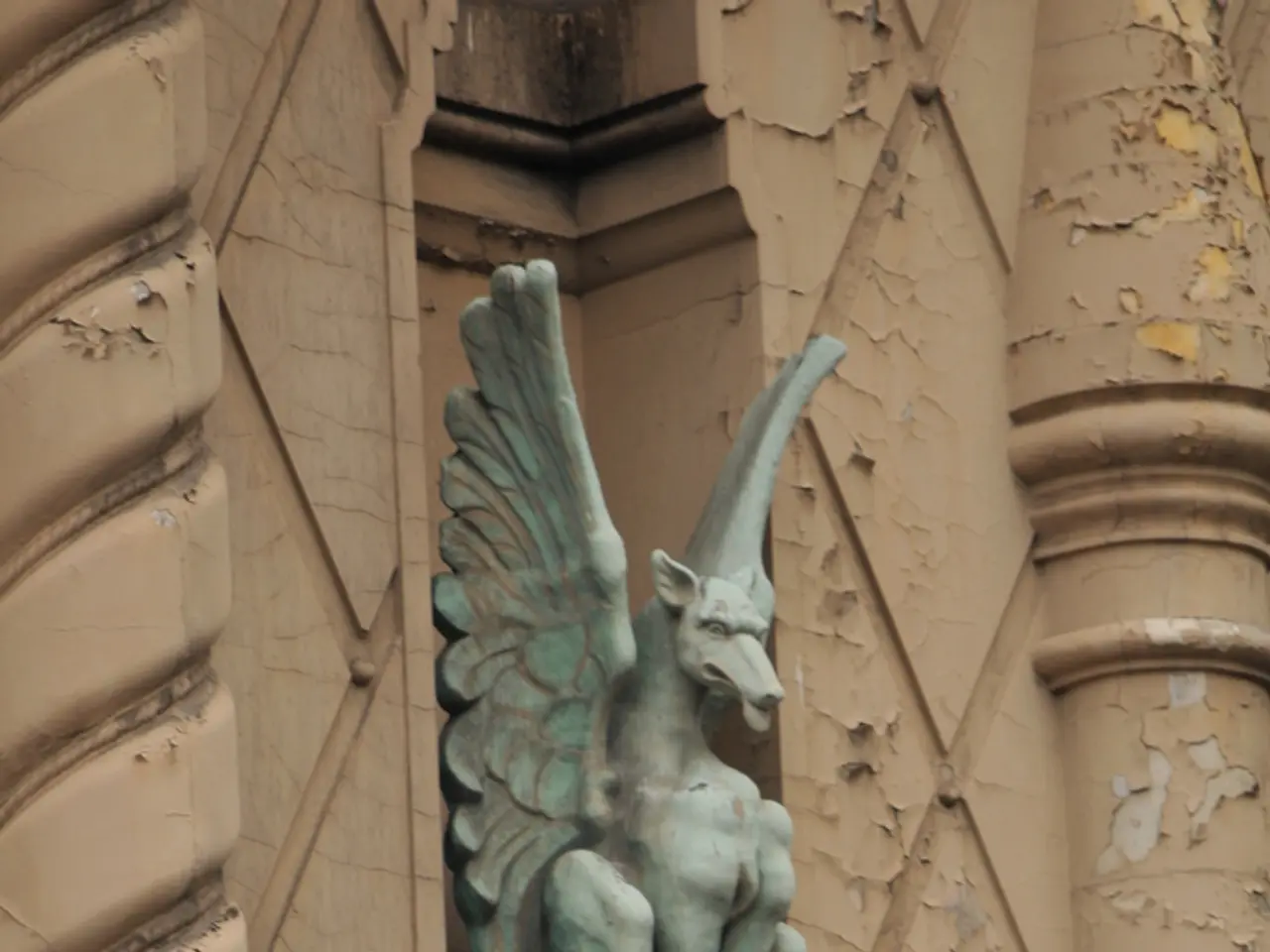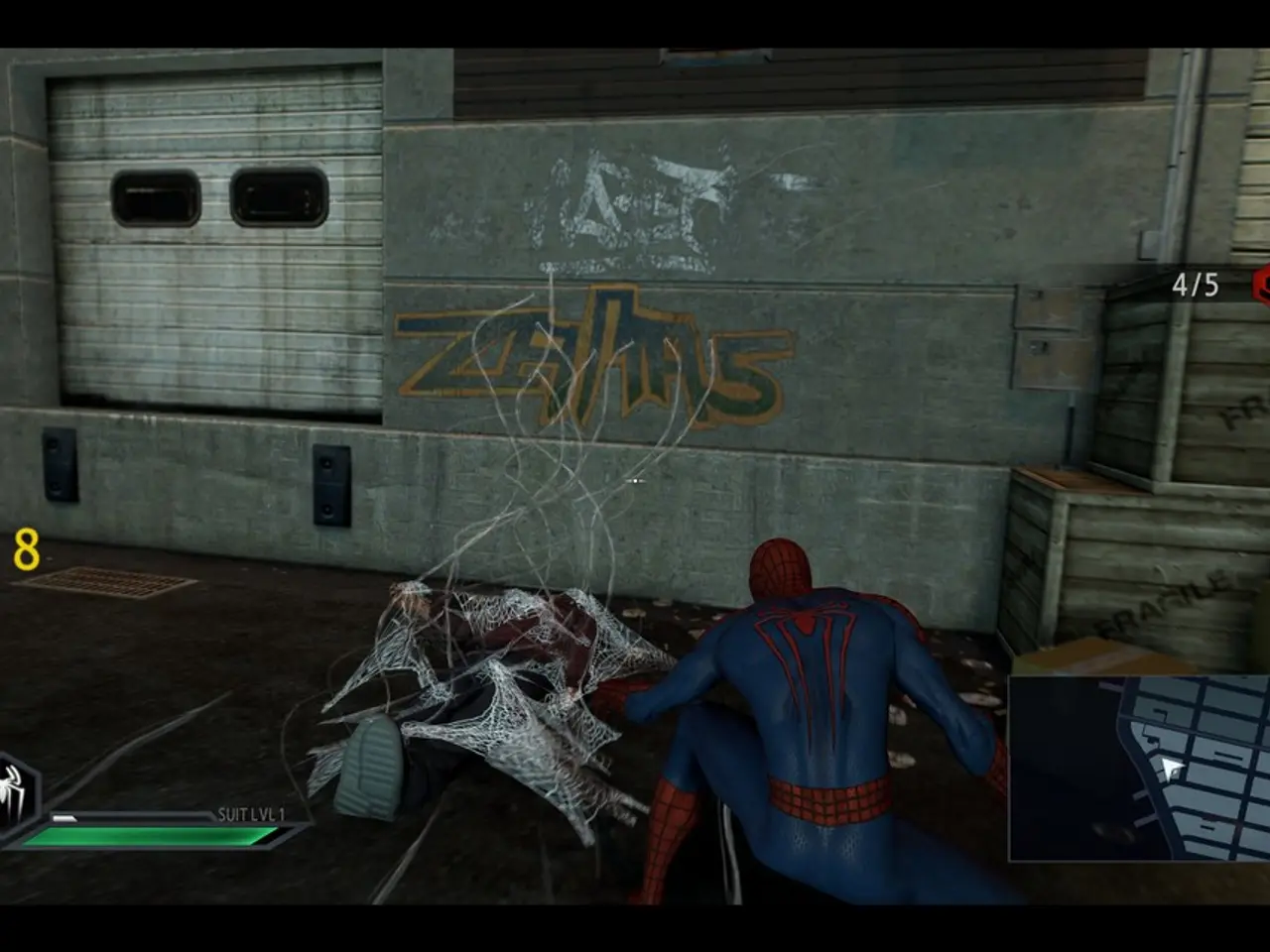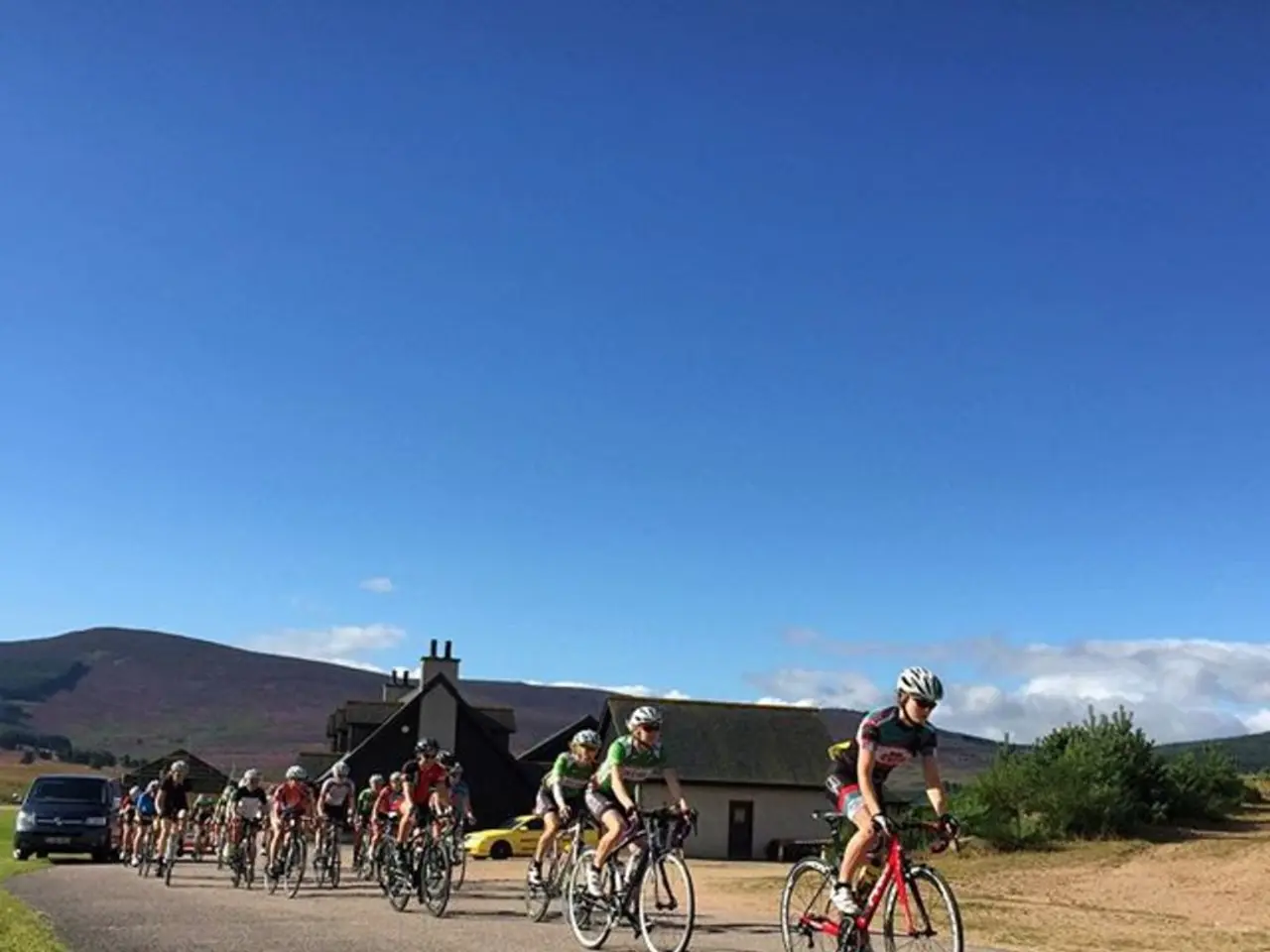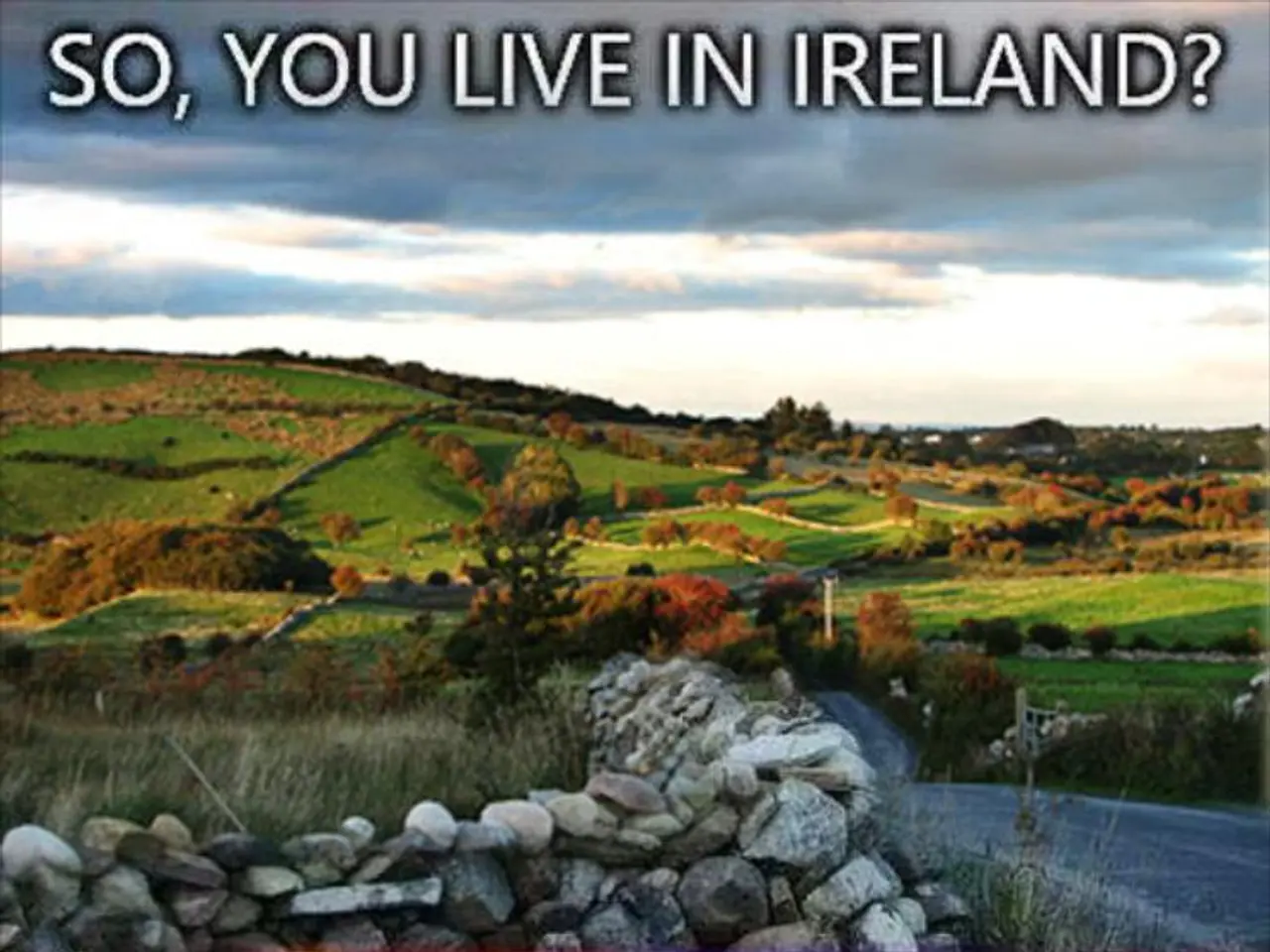Mythical Beasts: 10 Stunning Revelations about Wyverns - the Legendary Creatures
In the realm of myth and legend, wyverns have long captivated the imagination as fierce, winged creatures that roam the skies. Originating from medieval European traditions, particularly heraldry and folklore, these beasts are often depicted as a type of dragon but with distinct characteristics that set them apart.
### Origins
The term 'wyvern' is deeply rooted in medieval European myths and legends, found predominantly in regions such as Wales and Italy. In Italian folklore, a famous wyvern named Thyrus once besieged the town of Terni during the Middle Ages. A knight eventually slew the beast, leading to the wyvern becoming part of the town’s coat of arms[1].
In Welsh mythology, dragons, including winged serpentine creatures, symbolize war and national identity. The legendary battle between the red dragon and the white dragon is a testament to this[1]. However, these dragons are generally not considered wyverns.
Wyverns, related to "worms," "wyrms," or dragon-serpents in Germanic mythology, share features with dragons, such as being venomous and hoarding treasure, but often appear more like large flying reptiles with two legs rather than four[2].
### Characteristics
Distinguished by their two legs and two wings, wyverns differ from the classic four-legged, winged dragons. These winged lizards with fewer limbs are common in heraldry and fantasy literature[1][4].
Unlike traditional dragons, wyverns are not commonly depicted as fire-breathers. Instead, they are often portrayed as fierce and dangerous creatures, with a reputation for insatiable hunger[4]. In some modern depictions, wyverns have beaks.
Associated with viciousness, envy, and pestilence, wyverns symbolize both menace and heroic conquest in heraldry and stories. In Christian-influenced European folklore, dragons (and by association wyverns) often represent sin, paganism, or evil forces to be overcome by saints or heroes[3].
### In Fantasy Literature
In the world of fantasy literature and games, wyverns have been adopted as distinct creatures, often retaining the two-legged, winged reptilian form. Smaller and less intelligent than "true dragons," wyverns lack the fire-breathing ability but still pose a serious threat due to their claws, tails, or poisonous bites. Their appearance and traits emphasize speed, agility, and ferocity rather than the elemental powers associated with larger dragons.
### Comparing Wyverns and Dragons
| Feature | Dragon | Wyvern | |------------------------|---------------------------------------|-------------------------------| | Limbs | Four legs + two wings (six limbs) | Two legs + two wings (four limbs) | | Fire-breathing | Commonly yes | Typically no | | Origin in mythology | Broad across many cultures, older | Mainly European medieval heraldry and folklore | | Symbolism | Power, wisdom, evil, chaos | Viciousness, pestilence, triumph over evil (heraldry) | | Appearance | Large, reptilian, often serpentine | Smaller, winged lizard-like | | Behavior in stories | Intelligent, magical | Ferocious, driven by hunger |
In summary, wyverns are a European folkloric type of dragon characterized primarily by having two legs and two wings, usually lacking fire-breathing abilities, and symbolizing both menace and heroic conquest in heraldry and stories. They differ from traditional dragons by form and some attributes but remain closely related in mythological and fantasy contexts[1][2][3][4].
In medieval heraldry, a wyvern was symbolic of strength and ferocity, often associated with military power. Some legends suggest that wyverns have a venomous bite that can kill their victims almost instantly. The term "wyvern" originates from the Old English word "wivern," meaning "serpent" or "dragon."
In speculative fiction and sci-fi books, wyverns, these two-legged, winged creatures from medieval European myths, found their way into the realm of entertainment and pop-culture. Unlike their four-legged dragon counterparts, these creatures are lesser in stature but remain formidable adversaries in fantasy literature, known for their speed, agility, and ferocity.







